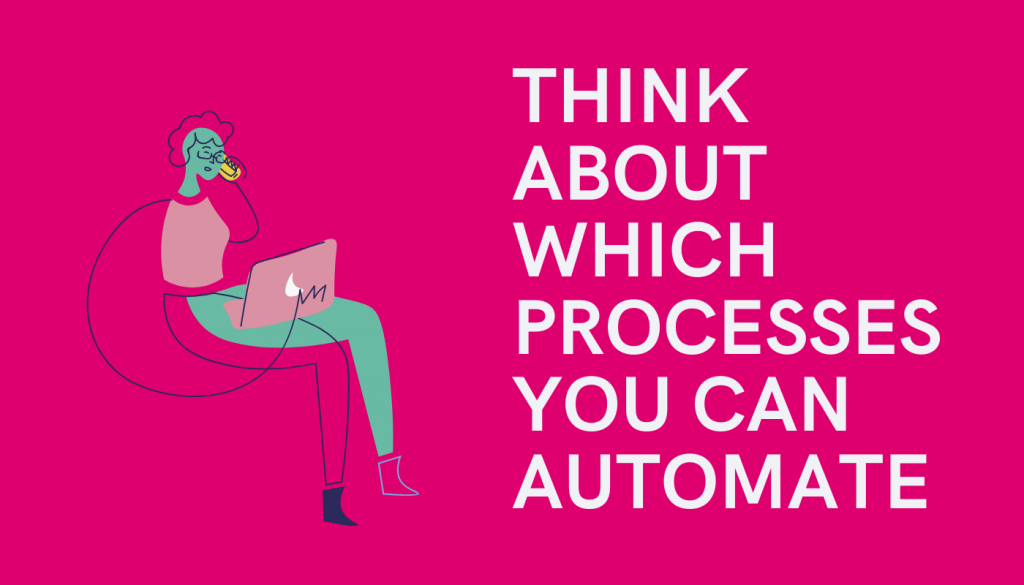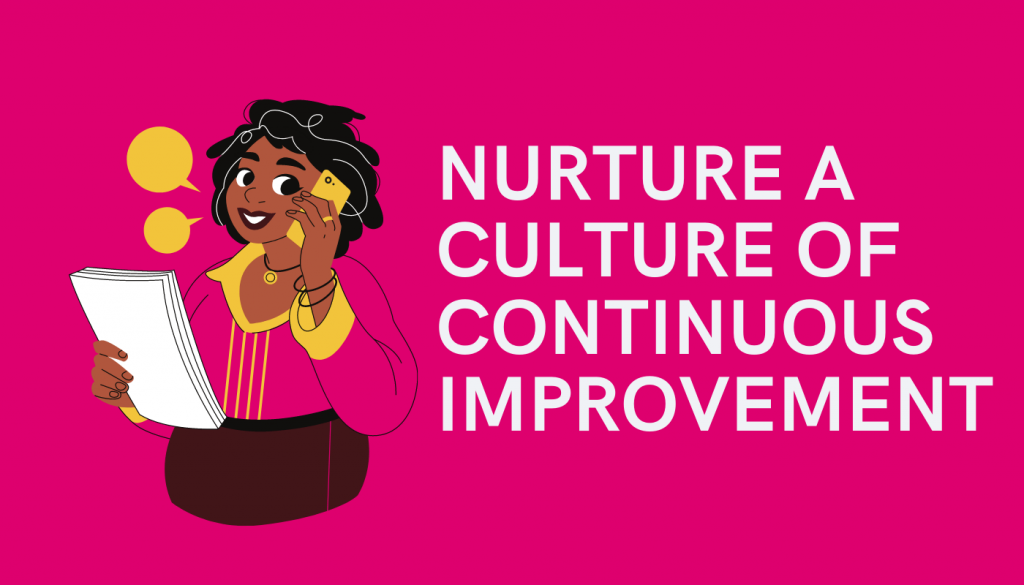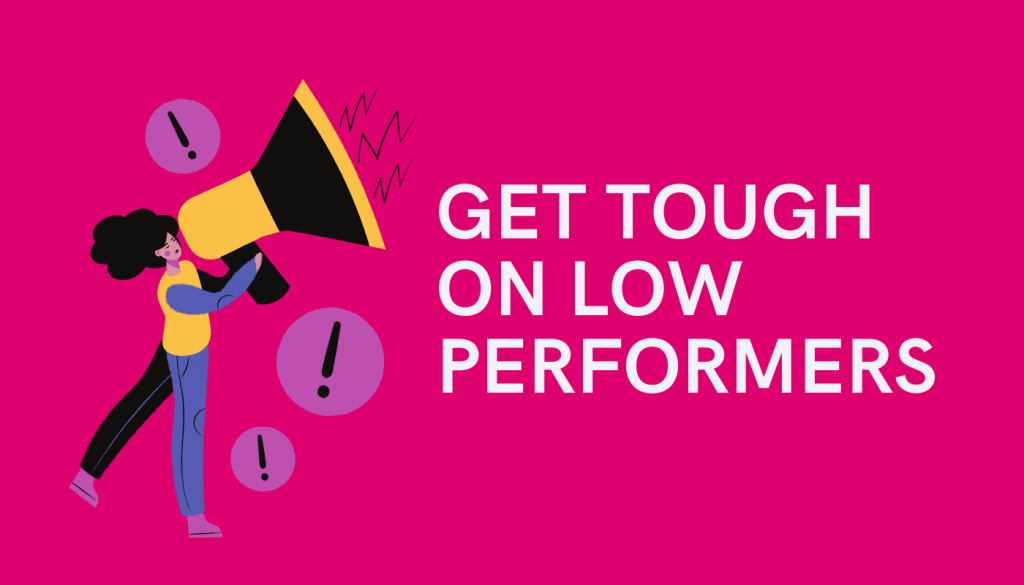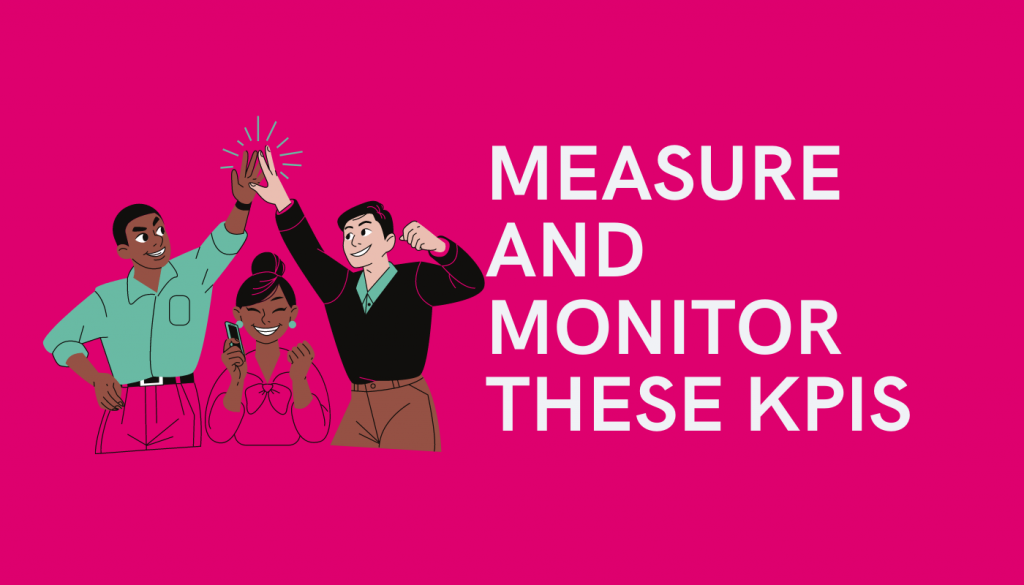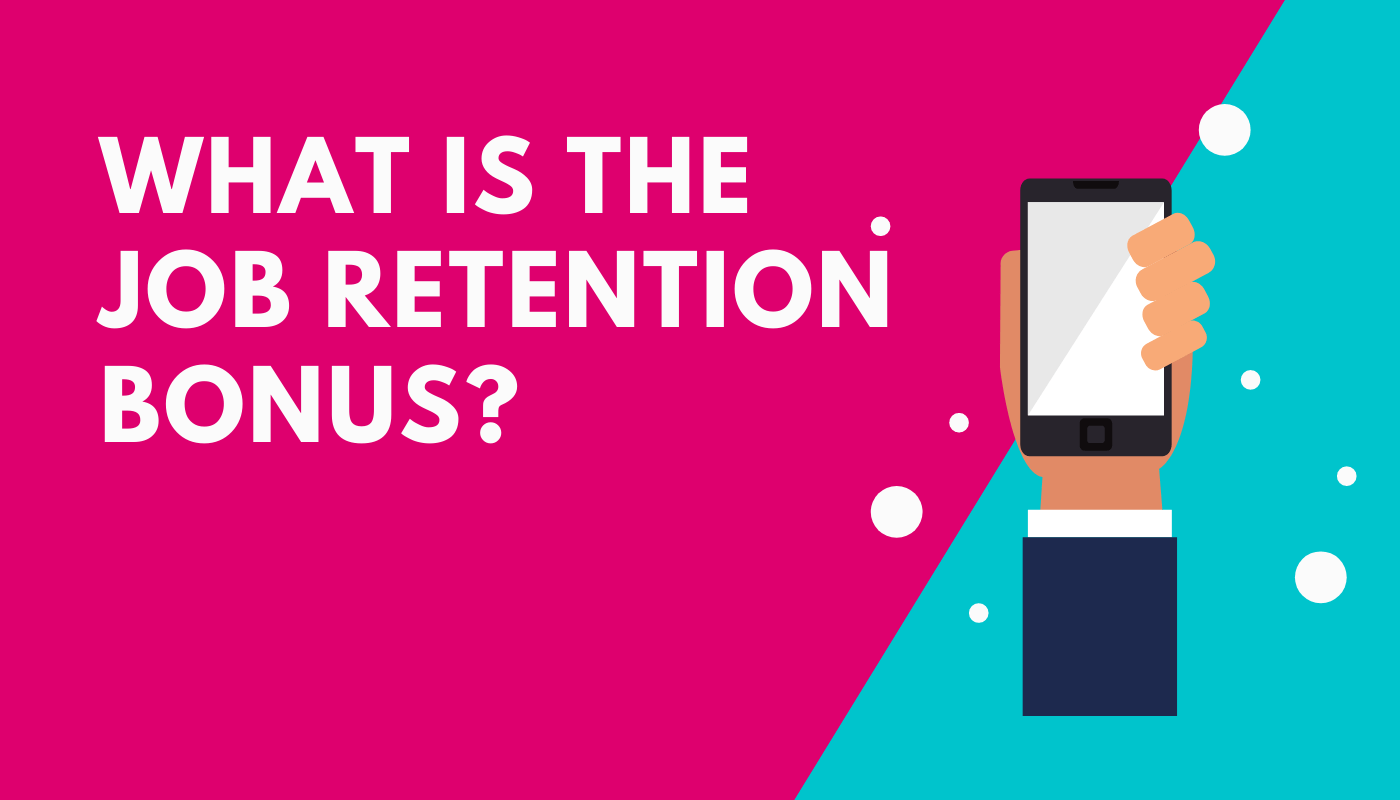Yesterday the chancellor delivered his Winter Economy Plan to the nation. And whatever the colour of your politics this was good news for small business owners. And many an accountant will be having a cheeky drink or 2 to celebrate the end of ‘Furlough’.
In this blog you will find the key headlines and how they impact your business:
If you want to read the full government documents:
Support for your cash flow
With the deferred VAT and tax payments shortly becoming due, the government has thrown businesses many lifelines. Or as we like to call it, cash flow support.
- If you deferred your VAT which was due in March – June 2020, you can now choose to repay this in 11 equal instalments over the 2021/22 financial year.
- The 2 loan schemes, CBILs and Bounce Back Loans now have the option to pay them back over a 10-year period. If you took out a Bounce Back Loan, this could reduce your payments by almost a half.
- Businesses who took out a Bounce Back Loan also – once they have made 6 payments – have the option of pressing pause on their payments for up to 6 months. This can only be taken once.
- If you haven’t taken out a CBIL or Bounce Back Loan these schemes have now been extended and will close to new entrants on 30th November 2020.
Extension of the temporary reduced VAT rate for hospitality and tourism businesses
This will now remain at 5% until 31st March 2021.
Help to retain jobs:
The Job Retention Scheme affectionately known as ‘Furloughing’ will still close in October. In its place on the 1st November comes The Job Support Scheme. This scheme will initially run for 6 months. It is very similar to long running schemes in Germany and France.
To qualify for the Job Support Scheme, your employee:
- Must not be on a redundancy notice
- Working at least 1/3rd of their normal working hours
And you as their employer must have a UK PAYE scheme in place, a UK bank account and is limited to SMEs or big businesses which can evidence they have been adversely impacted by COVID-19.
Here is how the scheme works… For every normal working hour, the employee doesn’t work, the government pays 1/3rd of their pay, and you the employer must also pay 1/3rd of their pay. The government contribution is capped at £697.92 per month. The employer will be reimbursed by the government in arrears. When we know how to apply to the scheme and submit your claims we will be in touch with further details.
More details of the scheme are here
Help for the self-employed
The self-employed grant scheme will be extended for another 6 months but limited to people already on the scheme. As the saying ‘every little helps’, but the pay outs have been vastly reduced for the extension. There will be 2 more grants. The 1st will be cover November to end of Jan and will cover 20% of average monthly profits. Up to a max. of £1875. We are assuming this will be paid out in Feb 2021. The second grant will cover the period from Feb to the end of April. Amount to be paid up is still to be determined by the government.
More details are here



